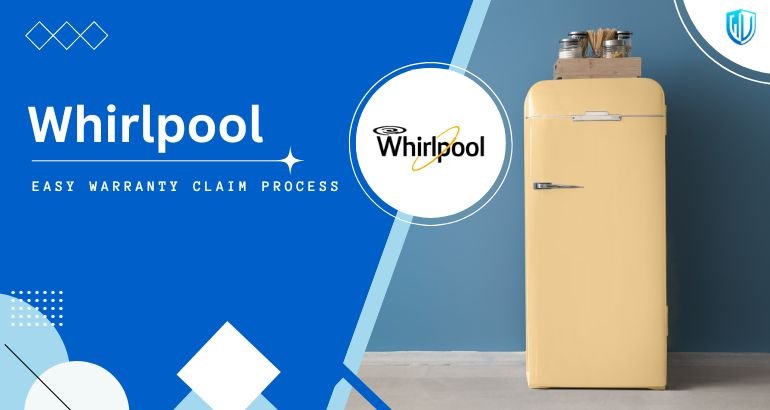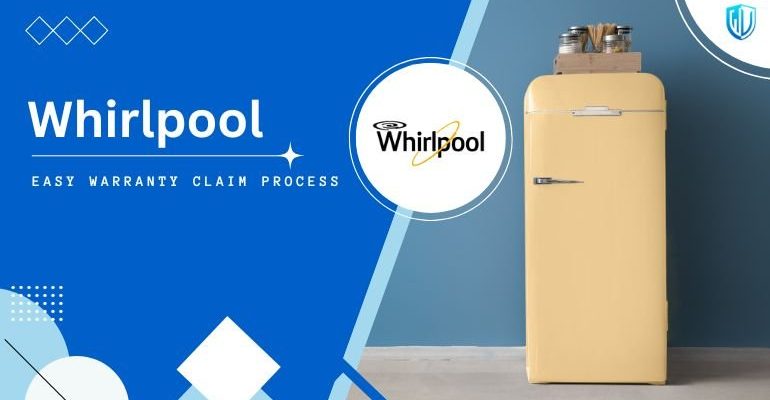
The question of whether you *have* to register your Whirlpool kitchen appliance to get warranty coverage is a bit like asking if reading the instruction manual is required before using a remote. Most people don’t, and sometimes things turn out just fine. But there’s a difference between what’s required and what’s *smart*. Let’s take a closer look at how warranty claims work for Whirlpool appliances, what registration really does, and how to avoid any headaches if you ever need a repair.
How Whirlpool’s Warranty System Works
Here’s the thing: most new Whirlpool kitchen appliances—think refrigerators, ovens, dishwashers, or microwaves—come with a manufacturer’s warranty right out of the gate. This warranty acts like a promise from Whirlpool: if your appliance has a manufacturing defect, they’ll fix it or replace it for free within a certain period (usually 1 year for parts and labor).
*But does Whirlpool require that you register your product to access that promise?* Not necessarily. The warranty coverage itself generally attaches to the product based on its purchase date and model/serial number. It’s a bit like the coverage is “baked in” as soon as you buy the appliance from an authorized retailer—and it doesn’t vanish if you toss the paperwork in a drawer.
Now, that doesn’t mean registration is pointless. Far from it. Think of registration as a shortcut for Whirlpool: it speeds up the process if you ever need to troubleshoot, start a claim, or provide proof of purchase. In reality, skipping registration won’t void your warranty, but it may mean more hassle if things go wrong.
What Happens If You Don’t Register Your Appliance?
You might be wondering, “If registration isn’t mandatory, what’s the worst that could happen?” Here’s the honest answer: if you don’t register your Whirlpool appliance, you can still file a warranty claim—as long as you can prove the purchase date and show that you’re still within the coverage window.
That means if your oven stops heating, you’ll usually need to dig up your original receipt or some proof of purchase. Sometimes, Whirlpool might also ask for the model and serial number. If you can provide this info, you’re set. But if the receipt is missing or faded, things can get tricky. In some cases, Whirlpool might use the manufacturing date (hidden in the serial code) as the start of your warranty, which could shorten your coverage if your appliance sat in a warehouse for a while before you bought it.
So, while skipping registration doesn’t mean you’re doomed, it does put a little more pressure on you to keep track of paperwork. Registration simply makes everything easier if you need to call Whirlpool customer support—kind of like pairing a universal remote instead of hunting down codes every time.
Why Registering Your Whirlpool Appliance Still Makes Sense
Let me explain: even though warranty registration isn’t technically required, there are solid reasons to go through with it. For starters, registering locks in your details with Whirlpool’s system. If you ever need help, they can pull up your info in seconds—no more scrambling for receipts or searching kitchen drawers.
Benefits of registering your Whirlpool appliance:
- Faster warranty service: Your claim moves quicker because your info is already on file.
- Proof of coverage: No need to dig up your receipt; Whirlpool already has your data synced to their system.
- Product updates and recalls: If there’s a safety issue, Whirlpool can contact you directly (kind of like a code update for a remote).
Honestly, it’s one of those quick chores—like changing a battery in a remote—that saves a ton of time if something ever breaks.
How To Register Your Whirlpool Appliance
So let’s say you decide to register your new Whirlpool kitchen appliance. The process is actually pretty simple and only takes a few minutes. Here’s a step-by-step look:
- Find your model and serial number: This info is usually on a sticker inside the appliance (behind a fridge drawer, inside a microwave door, etc.).
- Gather your proof of purchase: Hang on to your receipt—you might need to upload it or enter the purchase date.
- Go to the Whirlpool registration site: Whirlpool’s official website has an easy appliance registration page.
- Fill out the form: Enter your name, address, appliance details, purchase info, and contact info.
- Submit and save confirmation: You’ll usually get an email as proof of registration—save this just in case.
If you ever need to make a warranty claim, having all this info synced to your account can make the process as painless as pressing reset on a universal remote.
Making a Warranty Claim: What’s Actually Required?
When it comes time to actually use your Whirlpool warranty, the process is pretty clear, whether you registered or not. Here’s what Whirlpool (and most appliance brands) will generally ask for:
- Model and serial number: These help Whirlpool identify exactly which product you own and its warranty status.
- Proof of purchase: This is crucial for showing when you bought your appliance, especially if you didn’t register it.
- Description of the problem: Be ready to explain the issue—think of it as troubleshooting with customer support.
If you registered your appliance, Whirlpool can usually skip directly to troubleshooting or sending a tech, since your information is already in the system. If you didn’t, they’ll probably need you to provide those extra details, which slows things down. Sometimes, without a receipt, Whirlpool might use the manufacturing date as the start of your warranty, which may not be in your favor.
Common Troubleshooting Before Filing a Claim
Before you even get to the point of making a claim, there are a few basic troubleshooting steps you can try with Whirlpool kitchen appliances—much like checking your remote batteries before assuming it’s broken:
- Power cycle: Try unplugging the appliance for a few minutes, then plugging it back in. Think of it like a quick reset.
- Check for error codes: Some Whirlpool appliances have digital displays that give error codes. Look these up in the manual or online.
- Pairing or syncing issues: For smart appliances, make sure the Wi-Fi or Bluetooth setup is correct.
- Physical inspection: Look for obvious problems—like a tripped breaker, blown fuse, or anything blocking a door or drawer.
Document everything you tried. If you end up contacting Whirlpool for warranty service, being able to walk through your troubleshooting process makes things smoother for both sides.
What About Extended Warranties and Third-Party Coverage?
You might also be offered an extended warranty or service plan—either from Whirlpool itself or through a retailer. These can cover your kitchen appliance for more years or add perks like same-day service. Most of these plans require *some* kind of activation or registration, so read the fine print.
Some third-party warranties or “protection plans” are a bit like universal remotes: convenient if they work, but not always as reliable as the original manufacturer. If you go this route, make sure you fully understand how to file claims, what’s covered, and whether you need to submit any extra paperwork.
For Whirlpool-branded extended warranties, registration usually follows the same process as the standard warranty—but *activation* may be required for the extension to kick in.
Comparing Whirlpool With Other Appliance Brands
It’s worth mentioning that Whirlpool isn’t unique in its approach. Major appliance brands like GE, Samsung, and LG all run similar systems—warranties are generally “built in” and don’t require registration to make a basic claim. However, registering your kitchen appliance with any of these brands offers the same advantages: faster service, easy access to software or recall updates, and less hassle if you ever need support.
Some smaller or specialty brands might have stricter requirements, but in the world of mainstream kitchen appliances, the process is largely the same. Skipping registration isn’t fatal—but it does mean missing out on smooth, streamlined service if you ever hit a snag.
Final Thoughts: Should You Register or Not?
Honestly, while you don’t *have* to register your Whirlpool kitchen appliance to make a warranty claim, it’s just a smart move. Registration isn’t about unlocking hidden coverage—it’s about cutting down on paperwork, saving time, and making life easier if a problem ever pops up in the future. Think of registration as syncing your data with Whirlpool’s system, so you don’t have to hunt down codes, receipts, or manual instructions when you need support.
If you’ve lost your receipt or never got around to registering, don’t panic. As long as you bought your appliance from an authorized Whirlpool retailer and are still within the coverage window, you’ll generally be able to make a claim—but be ready to provide extra info and maybe jump through a couple of hoops.
In the end, a five-minute registration now can save you a lot of hassle if your appliance needs help later. Like pairing a remote before you lose the old one, it’s a small step that pays off big when you actually need it.
